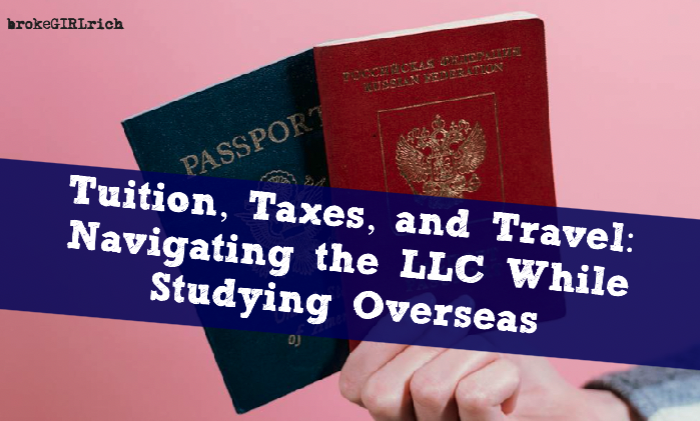Carrying debt can feel burdensome, making it hard to save for the future and causing significant stress. If debt is weighing on your mind, you’re not alone—millions are facing similar challenges. The good news is that you don’t have to remain in this situation indefinitely. Numerous strategies can help you reduce your debt and move toward financial freedom. In this blog post, we’ll explore seven effective methods you can start implementing today!

Image Credit: Pexels
1) Establish a Budget:
Creating a budget is one of the most crucial steps to take when tackling debt. It helps you visualize your spending and identify areas where you can cut back. Look for opportunities to save money each month, such as reducing dining out or eliminating unnecessary purchases. Having a solid budget gives you control over your finances, making it easier to implement changes to reduce your debt.
A practical budget consists of two components:
- Your income: This includes all the money you earn monthly from your job, investments, or side gigs.
- Your expenses: This entails all monthly expenditures, including bills, groceries, entertainment, and savings.
To create a budget, first, total your monthly income. Next, list all your monthly expenses, comprising both fixed costs (like rent) and variable costs (like groceries). A clear understanding of your financial flow will enable you to make informed decisions to cut debt.
If you’re unsure where to begin, there are numerous online budgeting tools and resources, along with advice from financial experts, to assist you.
2) Develop a Debt Repayment Plan:
After establishing a budget, the next step is to create a debt repayment plan. This involves setting a timeline for becoming debt-free and consistently making payments towards your debts. Remaining disciplined and punctual with your payments is essential to avoid damaging your credit score.
If managing payments proves difficult, consider discussing payment plans with your creditors or exploring consolidation loans. There are also various government programs that may offer financial assistance.
Regularly paying down your debt is one of the most efficient methods to decrease what you owe. Find a repayment strategy that suits you and commit to it!
3) Evaluate Debt Consolidation:
Debt consolidation may be a viable strategy to reduce what you owe. It involves taking out a new loan to pay off existing debts, allowing you to make a single monthly payment instead of juggling multiple ones. This approach might also secure a lower interest rate, potentially saving you money over time.
Before pursuing debt consolidation, compare various options. Many lenders offer consolidation loans, so it’s wise to shop around for the best deal. Additionally, ensure that you can manage the new monthly payments before proceeding with a loan.
Debt consolidation can be an effective way to manage your debt, but be sure it’s the right move for your financial situation.
4) Explore Debt Management Programs:
If you’re finding it difficult to manage repayments, consider enrolling in a debt management program. These programs can help you regain control over your finances and arrange manageable monthly payments, all while providing professional support and guidance.
Research various companies that offer debt management programs before enrolling. Make sure that the monthly payments are within your budget.
A debt management program can effectively assist you in reducing your debts and improving your financial health, but it’s crucial to find the right one for your needs.
5) Explore Additional Income Opportunities:
If making ends meet is a struggle, consider seeking additional income sources. There are numerous avenues you can explore, such as:
- Freelancing: Platforms like Upwork or Fiverr can connect you with clients looking for freelance services.
- Day Trading: While risky, careful trading can yield extra income. You can click here for more information on day trading.
- Starting a Side Hustle: This can serve as a means to earn extra income and potentially transition into a full-time endeavor.
- Launching a Small Business: While demanding, this can be rewarding if you have a solid business idea.
- Selling Items Online: Platforms like eBay or Amazon are great for decluttering and generating extra cash.
Identify ways to supplement your income that resonate with you. Extra earnings can be directed toward paying down your debts faster.
6) Seek Professional Help:
If you’re having difficulty managing your debts, consider seeking the assistance of a professional. Various companies offer debt relief services, which can aid in negotiating with creditors and setting up repayment plans. They can also provide credit counseling and financial education.

Image Credit: Pexels
Advantages of Engaging a Debt Relief Company:
- Professional Guidance: Experienced professionals can offer valuable advice and support in managing your debts.
- Debt Consolidation: They may help consolidate your debts into a single monthly payment, simplifying your financial management.
- Interest Rate Reduction: Many debt relief companies can negotiate better terms with creditors, reducing your interest rates and saving you money in the long run.
Choosing the right debt relief company is essential; look for a reputable provider that aligns with your needs.
7) Consider Bankruptcy:
If repaying your debts seems impossible, filing for bankruptcy might be an option. This legal process can eliminate your debts and give you a fresh start. However, it’s vital to understand both the advantages and disadvantages of bankruptcy before making a decision.
Pros:
- Debt Discharge: Bankruptcy can wipe out your debts, allowing you to start anew.
- Protection from Creditors: Filing can halt aggressive collection efforts from creditors.
Cons:
- Damaged Credit Score: Bankruptcy will negatively impact your credit score, lingering on your report for up to ten years.
- Lengthy Process: The bankruptcy process can take months or years to finalize and requires significant time and effort.
- Last Resort: Bankruptcy should only be considered when all other options have been exhausted.
Filing for bankruptcy comes with both benefits and drawbacks, making it essential to weigh your options carefully.
To summarize, numerous strategies exist to help you reduce your debt and embark on a path to financial freedom. It’s critical to choose an approach that resonates with you and commit to a repayment plan. Once free from debt, you can work toward other financial objectives, such as saving for retirement or investing in property.
If you’re feeling overwhelmed by debt, don’t hesitate to seek professional help. Many resources are available to help you regain control of your finances. Remember, it’s never too late to take steps toward a brighter financial future—achieving financial freedom is achievable with dedication and effort.





